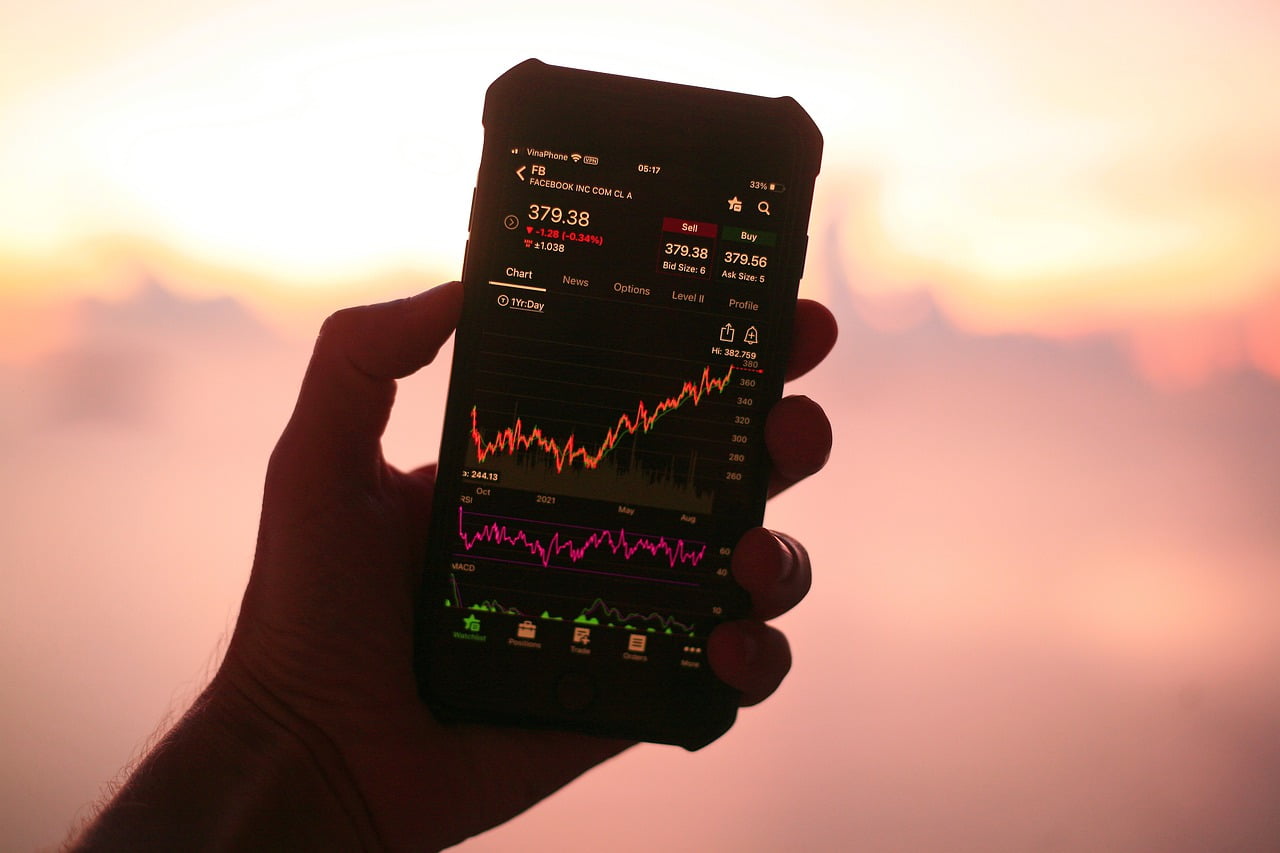In his Daily Market Notes report to investors, while commenting on the algorithms of trading firms, Louis Navellier wrote:
Q4 2021 hedge fund letters, conferences and more
Washing Machine Forever
We are in a very rotational market right now. The energy stocks are getting hit in the last couple days, but oil is still at $117 a barrel, so you're not going to see any relief at the pump. The algorithms of trading firms such as Virtual Financial purposely rotate from one sector to another which is the reason for these blowout moves.
All good stocks do bounce but I think we'll see a better bounce after next week's FOMC meeting when they will probably increase rates a quarter percent to get more in line with market rates, but then they're going to be very cautious on their guidance. And as long as they're dovish on their guidance, the market's going to explode.
The second half of March is all going to be about quarter-end window dressing. We're going to get more and more rotation. I wouldn't call it a dead cat bounce, I would just call it a healthy rotation.
If you want to sell stocks, I'd rather you wait for the bounce. If you want to buy, I'd rather you wait for a dip.
We're still in this washing machine, and we have been for some time. And we're probably going to be in a washing machine for the rest of our lives, because that's how these algorithmic trading programs work. We just have to get used to this.
Going Insane
I would like to remind everybody that 60% of the market's moves last year were after market hours. And so, we can sit here and just watch the market during market hours, but that's a good way to go clinically insane. What I'd rather you do is step back, look at the big picture, because you're going to get more moves at the openings than you will during market hours.
Meanwhile, Europe is in recession. Russia is in a depression. Asia's going to keep growing. The Atlanta Fed revised their first core GDP estimate up to a half a percent GDP growth, but we still got headwinds ahead.
The Consumer Price Index (CPI) and the Producer Price Index (PPI) are expected to be horrible due to supply chains issues. This commodity inflation is going to be affecting everything.
The biggest worry, right now, is probably the electric vehicle sector, because the new lithium ion batteries have gone from using about 33% nickel to almost 90%.
Russia is a big supplier of nickel and the prices right now are astronomical. The prices of cobalt and lithium are astronomical too. The EV revolution is going to get very interesting, because they're going to have to increase the price of the vehicles.
In the US, sanctions have been imposed. We're not going to buy Russian oil, Britain's going to phase it out by the end of the year, and the European Union is going to try to curtail things.
Big Macro
There's a lot of things happening very quickly but let's just wait for these big macro things to happen, a ceasefire, a dovish Fed statement, a flight to quality, as you normally get to the end of the quarter. Then we lock and load for the next earnings announcement season.
A lot of these companies that are pulling out of Russia, like McDonald's Corp (NYSE:MCD), are leaving a lot of money on the table. I think 9% of McDonald's revenue is Russia. We want to be careful not to have exposure to these soft areas. But the commodity sector is going to be very healthy for some time, because of all the supply disruptions.
Coffee Beans
Ford is investing heavily in its EV production capacity to catch up with EV leaders, planning to invest $5 billion in 2022, roughly double the 2021 total, and is aiming to produce 2+ million electric vehicles per year by 2026. Having sold a combined total of 117,500 battery electric vehicles (BEVs) and plug-in hybrids (PHEVs) in 2021, Ford is far off the leaders in the rapidly growing market. Tesla sold 936,147 BEVs in 2021, while VW Group sold 762,850 BEVs and PHEVs. Source: Statista. See the full story here.






